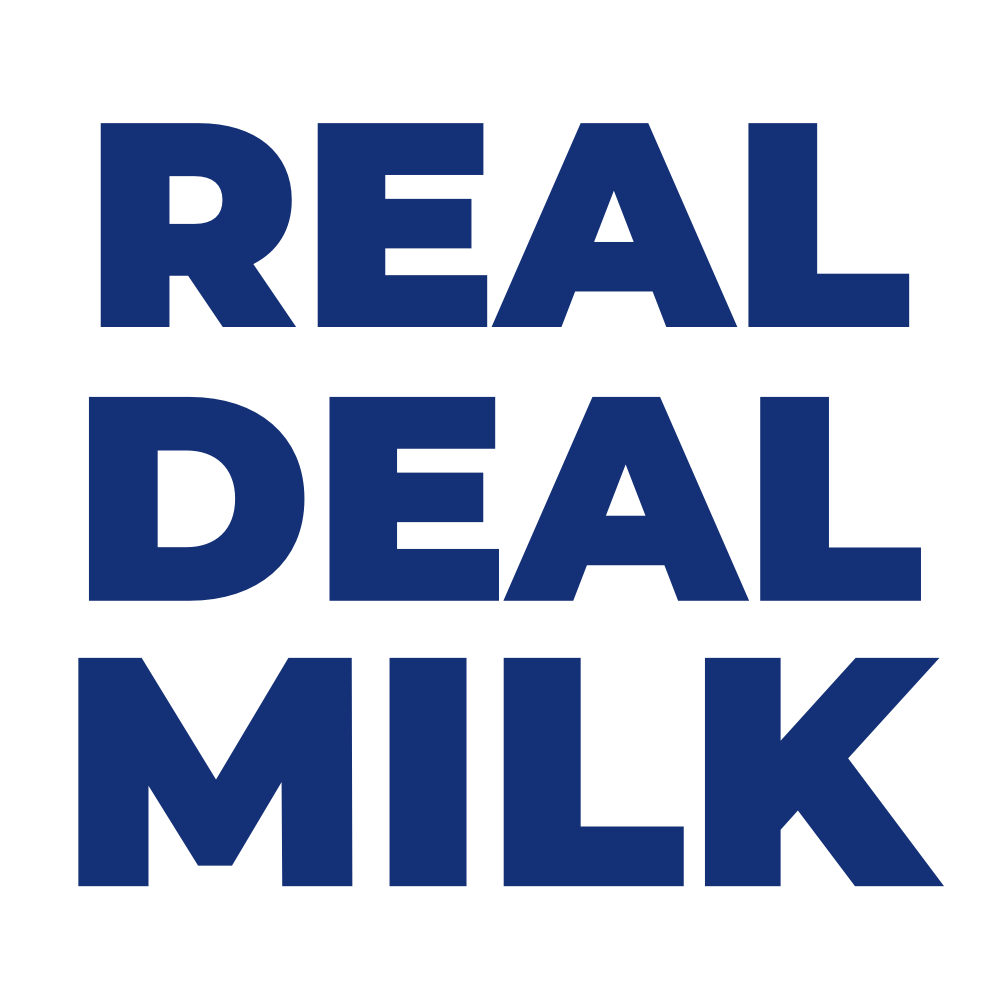
How is animal-free dairy made?
We are making milk from microbes.
Yeast cells don’t have tiny udders, but we can turn them into experts in producing casein and whey, the proteins fundamental to milk. Once a few other ingredients are thrown in, RDM milk is fit to go, on standby to produce a plethora of dairy products that can swap straight into consumers’ lives.
How can yeast cells help produce milk?
Microbes have been used to produce proteins through precision fermentation for years, starting in the pharmaceutical industry, they’ve been spreading their wings and delving into other areas of manufacture. RDM utilizes this method to make milk, by modifying microbes into mini protein building machines to construct casein and whey. These proteins are critical in cow’s milk and responsible for many of its characteristics.
Although the ingredient list is short and sweet for this casein and whey-making recipe, the process is a little more complex (GFI. 2018). Let’s talk it through:
Take some yeast cells.
Collect DNA that encodes for the desired proteins: casein and whey. These can be found in a cow or much more easily on an online database that holds the DNA coding needed.
Insert this DNA into the host yeast cell; this is now recombinant DNA (Stephens, N and Ellis, M. 2020).
Cultivate the yeast cells in fermentation tanks, providing them with perfectly controlled conditions and plenty of food.
Here the yeast cells set about reading the DNA and producing the proteins. All cells read DNA in the same way, so the yeast cells have no problem following the genetic recipe and pumping out the proteins.
Once lots of proteins are made, they are separated from the host cells and purified.
Thorough checking of the proteins is conducted, using state-of-the-art analyzing techniques to ensure the product is pure protein.
And the milk proteins are ready.
Of course, there is more to making this greatly enjoyed liquid than pure protein. There are fats, sugars, vitamins and minerals all bundled up in the milk. Fortunately, sourcing these components is far more accessible, and plants offer up some valuable resources. The nutrients are then all suspended in water, and voila! You have milk!
How can you make other dairy products?
The list of products you can create from the one ingredient of milk is extensive. Add some heat and bacteria, and you’ve got yogurt. Churn it up and you’ve got butter. Curdle and separate the proteins and you’ve got cheese. That’s what you call versatile.
The benefit of RDM milk is that its construction is in our hands. This opportunity to pick and choose the milk composition comes with major advantages, especially for cheese making. To make cheese, we only require casein, but fresh from the cow’s udder, casein and whey are a double act, not leaving each other’s side. Therefore additional processing is needed to separate the two to capture the casein and leave the whey as a bioproduct. Whereas at RDM, we can make casein without whey, saving on waste and increasing efficiency in cheese manufacture.
How will it fit into consumers’ lives?
The great thing about RDM dairy is that you don’t have to make a single compromise. Not on taste, not on texture, not on nutrition. From the surface, it seems like the milk we’ve been drinking for years, but this vegan milk is giving the environment a break.
Veganism is rising, and it’s not just a trend. It’s a conscious decision to take responsibility for our impact on the environment and animals’ welfare. There are many more people who would like to make this diet jump, but commitment is tough. Even the most environmentally conscious people will cower and admit that they’re just not ready to give up cheese.
So we’re is not asking you to change anything, allowing the option to go vegan to glide into your life. We understand that food is personal; it holds memories and brings joy. Some foods just aren’t the same without cow’s milk, like the creaminess of your mum’s macaroni cheese, the satisfaction of a knife gliding through cheesecake or the crunch of buttery croissants ripped apart with friends over coffee. With RDM, these delights aren’t going anywhere, a skill that plant-based dairy products can’t replicate. RDM product’s ability to mimic cow’s dairy proteins so closely assures they can be substituted into a recipe without impacting the end result.
The process to make RDM milk couldn’t be more different to milking cows, but the product couldn’t be more similar. Making the change to RDM just requires the decision to pick up a different product in the supermarket. Once that’s complete, it will slot right into your kitchen as if nothing has changed.
References
GFI. 2018. Cellular agriculture: An extension of common production methods for food. https://gfi.org/wp-content/uploads/2021/02/Cellular-Agriculture-for-Animal-Protein.pdf
Stephens, N and Ellis, M. 2020. Cellular agriculture in the UK: a review. Wellcome Open Research. 5(12). doi: 10.12688/wellcomeopenres.15685.2
The Vegan Society. 2021. Worldwide. https://www.vegansociety.com/news/media/statistics/worldwide


